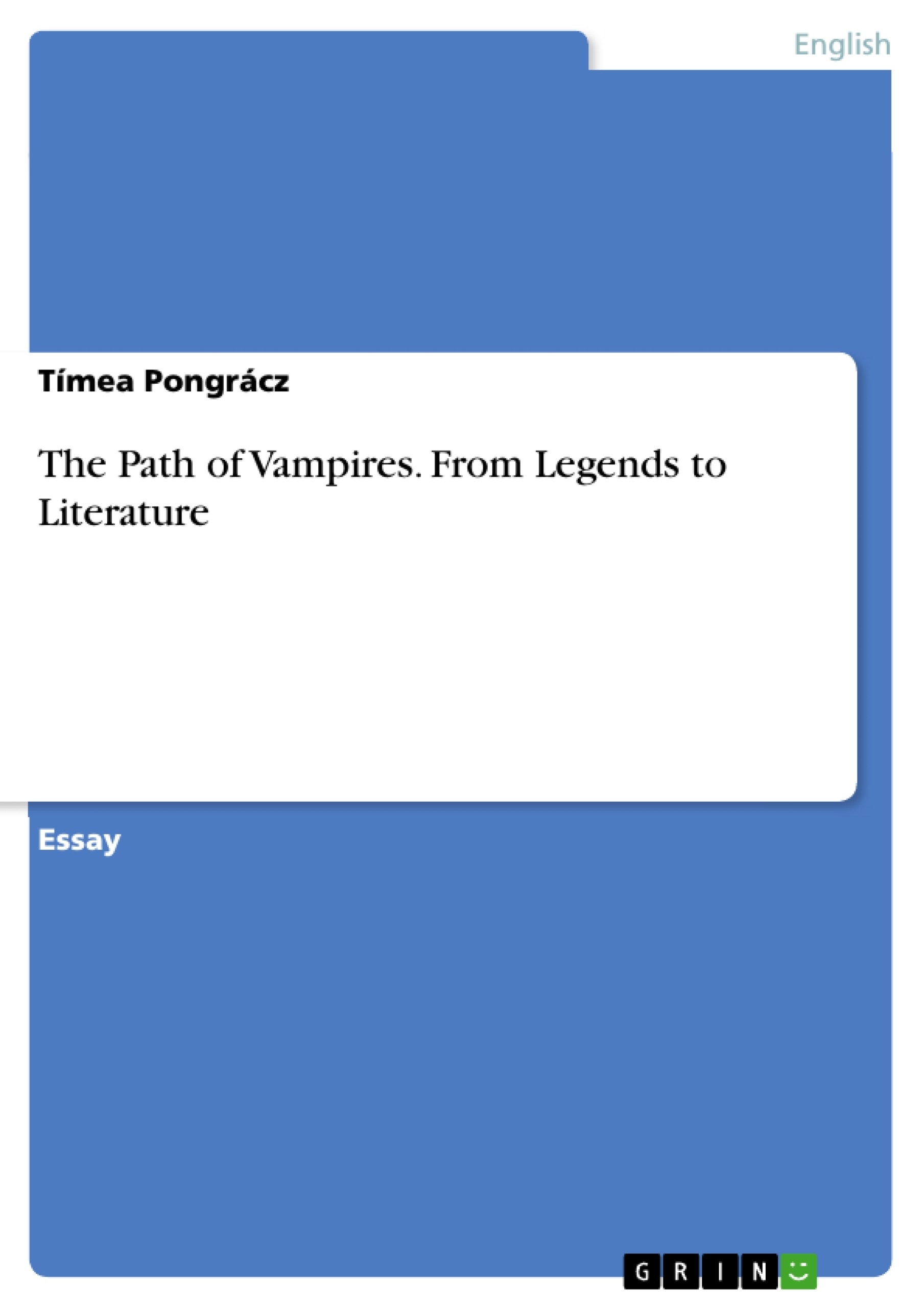Vampires. We are all familiar with this word, but do we really know what it means? Fangs, immortality, darkness? They are something greater than these.
There is a reason why we, humans are drawn to them for more than a century now. Nowadays glimmering handsome teen-vampires are becoming more famous with every movie and book released. Well, to maintain the popularity of them, it is necessary to modernize the vampires so they will keep in good with the subsequent generations.
Since the release of Twilight , vampires started to become more human-like, considering their feelings. Their abilities remained supernatural, but they lost their demonic features, which they used to have in the 18th – 19th century. With immortality and their transformation into caring creatures comes the conception of eternal love, so it is not surprising that the main target group in the 21st century became teenage girls and young women. They seem to be satisfied with these renewed demons and their romantic stories.
However, it was not the reason why people started to love these creatures. Now, I am going to explain where vampires come from and what they used to be like in the first literary works where they were mentioned.
Inhaltsverzeichnis (Table of Contents)
- Path of Vampires: From Legends to Literature
- What is a Vampire?
- Origin of the Word 'Vampire'
- Similar Creatures to Vampires
- Lilith: The First Woman
- Cain: The First Murderer
- Real Life Stories
- The Vampire Epidemic in Medveda, Serbia
- Vampires in Literature
Zielsetzung und Themenschwerpunkte (Objectives and Key Themes)
This essay examines the origins and evolution of the vampire myth, tracing its path from ancient folklore to its modern-day representation in literature and popular culture. The author explores the historical context of vampire beliefs, delves into the etymology of the word "vampire," and analyzes key figures and narratives associated with vampirism.
- The historical and cultural context of vampire beliefs
- The evolution of vampire representations in literature and folklore
- The influence of cultural and societal factors on vampire mythology
- The role of fear and fascination in shaping vampire narratives
- The significance of vampire lore in modern popular culture
Zusammenfassung der Kapitel (Chapter Summaries)
- The essay begins by defining the vampire, outlining its defining characteristics, including fangs, immortality, and a predilection for blood-drinking. The author also touches upon the vampire's seductive nature and its role as a predator.
- The essay traces the origin of the word "vampire" to its Slavic roots, examining the etymology of the term and its connections to nocturnal creatures like bats. It further discusses the semantic analysis of related words in different Slavic languages, including Russian, Czech, Polish, and Southern-Greek.
- The essay explores similar creatures to vampires in ancient Greek and Arabic mythology, including lamias, empuses, and ghouls. It delves into the origins of these creatures, their attributes, and their significance in their respective mythologies.
- The essay examines the biblical figure of Lilith, considered by some to be the ancestor of vampires. It explores her creation, her rebellion against God's will, and her association with succubi and child murder.
- The essay analyzes the biblical character of Cain, the first murderer, and explores his connection to vampire mythology. It discusses his curse of immortality and his role as a figure of eternal wandering.
- The essay shifts to real-life vampire stories, examining recorded events and documented cases of vampire beliefs in Europe. It focuses on the vampire epidemic in Medveda, Serbia, in the 18th century, providing a detailed account of the events and the official investigations conducted by doctors and military officers.
- The essay concludes with a discussion of vampires in literature, highlighting Heinrich August Ossenfelder's 1748 poem, "The Vampire." It analyzes the poem's references to Hungary and its portrayal of the vampire's opposition to Christianity.
Schlüsselwörter (Keywords)
Vampire mythology, folklore, legends, literature, history, cultural context, Slavic origins, biblical figures, Lilith, Cain, real-life cases, vampire epidemics, Medveda, Serbia, Heinrich August Ossenfelder, "The Vampire," Eastern European folklore.
- Arbeit zitieren
- Tímea Pongrácz (Autor:in), 2014, The Path of Vampires. From Legends to Literature, München, GRIN Verlag, https://www.grin.com/document/299147
-

-

-

-
Laden Sie Ihre eigenen Arbeiten hoch! Geld verdienen und iPhone X gewinnen. -

-
Laden Sie Ihre eigenen Arbeiten hoch! Geld verdienen und iPhone X gewinnen. -

-
Laden Sie Ihre eigenen Arbeiten hoch! Geld verdienen und iPhone X gewinnen. -

-
Laden Sie Ihre eigenen Arbeiten hoch! Geld verdienen und iPhone X gewinnen. -

-
Laden Sie Ihre eigenen Arbeiten hoch! Geld verdienen und iPhone X gewinnen.

